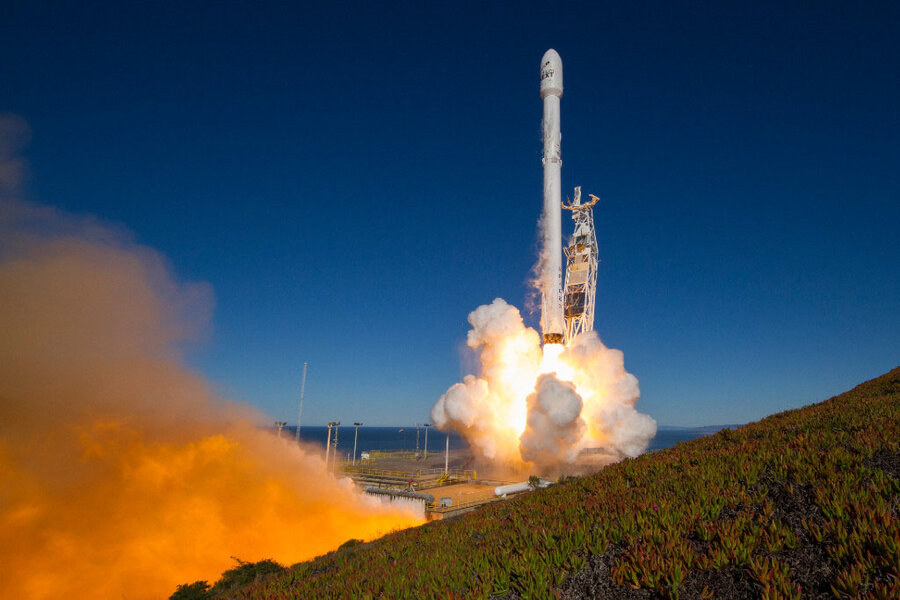GAO safety concerns may delay first SpaceX crewed spaceflight
US astronauts may have to wait even longer for their new ride to space.
Officials from the Government Accountability Office (GAO) found safety problems with the turbine blades that pump fuel into the engines of SpaceX’s Falcon 9 rocket, according to The Wall Street Journal.
Investigators characterized the "crack-prone parts" as a major safety risk that may require a redesign. That could delay the first crewed launch of the Falcon 9, recently pushed back from spring 2017 to sometime in 2018, even further.
Since the end of the NASA's space shuttle program in 2011, US astronauts have been hitching rides on Russian Soyuz rockets while private companies develop a replacement vehicle. The GAO’s findings, to be released in an upcoming report, set back SpaceX’s effort to provide that new spacecraft. Safety concerns have also delayed its main competitor, Boeing.
For Americans eager to see astronauts blast off from Cape Canaveral again – and the companies who want to provide the lucrative hardware – these delays might seem interminable. But from NASA’s standpoint, spotting and fixing design flaws before launch is vital to ensuring the safety of future astronauts.
NASA has already told SpaceX that the cracks pose an unacceptable risk for crewed flights, as The Wall Street Journal reported.
The key word here is “crewed.” Since its founding in 2010, SpaceX has flown several successful cargo missions and satellite launches, and hopes to launch one rocket per week within a few years.
More frequent launches will probably mean faster safety inspections. That may prove feasible for satellites and cargo craft. But experience shows that applying a rigorous launch schedule to crewed missions can have deadly results.
On Jan. 27, 1967, three weeks before its planned launch, the Apollo 1 spacecraft experienced a fire that killed three astronauts, which critics attributed to NASA's rush to get astronauts to the moon before 1970. Almost exactly 19 years later, on Jan. 28, 1986, the space shuttle Challenger exploded during launch, killing all seven astronauts on board.
On the thirtieth anniversary of the tragedy, Space Safety Magazine’s Michelle La Vone explained that “NASA had committed the Shuttle to an impossible schedule even before it entered in service in order to ensure funding. Over time, NASA management had grown increasingly impatient with the technical delays that operating such a complex machine required.”
Bob Ebeling, an engineer at NASA contractor Morton Thiokol, tried to warn his superiors that the cold temperatures on Cape Canaveral could cause the Shuttle’s O-rings to fail, as they did on the launch. "Had they listened to me and wait[ed] for a weather change, it might have been a completely different outcome," he recently recalled to NPR.
After a Falcon 9 exploded on the launch pad last year, SpaceX worked for four months before resuming satellite launches. But before regulators entrust private firms with human astronauts, they will insist on troubleshooting and eliminating risks that the launchers of cargo craft are often willing to absorb to save time.
As the Journal reported in December, "Further delays are possible – and may be likely, according to NASA’s inspector-general for both companies," SpaceX and Boeing.







